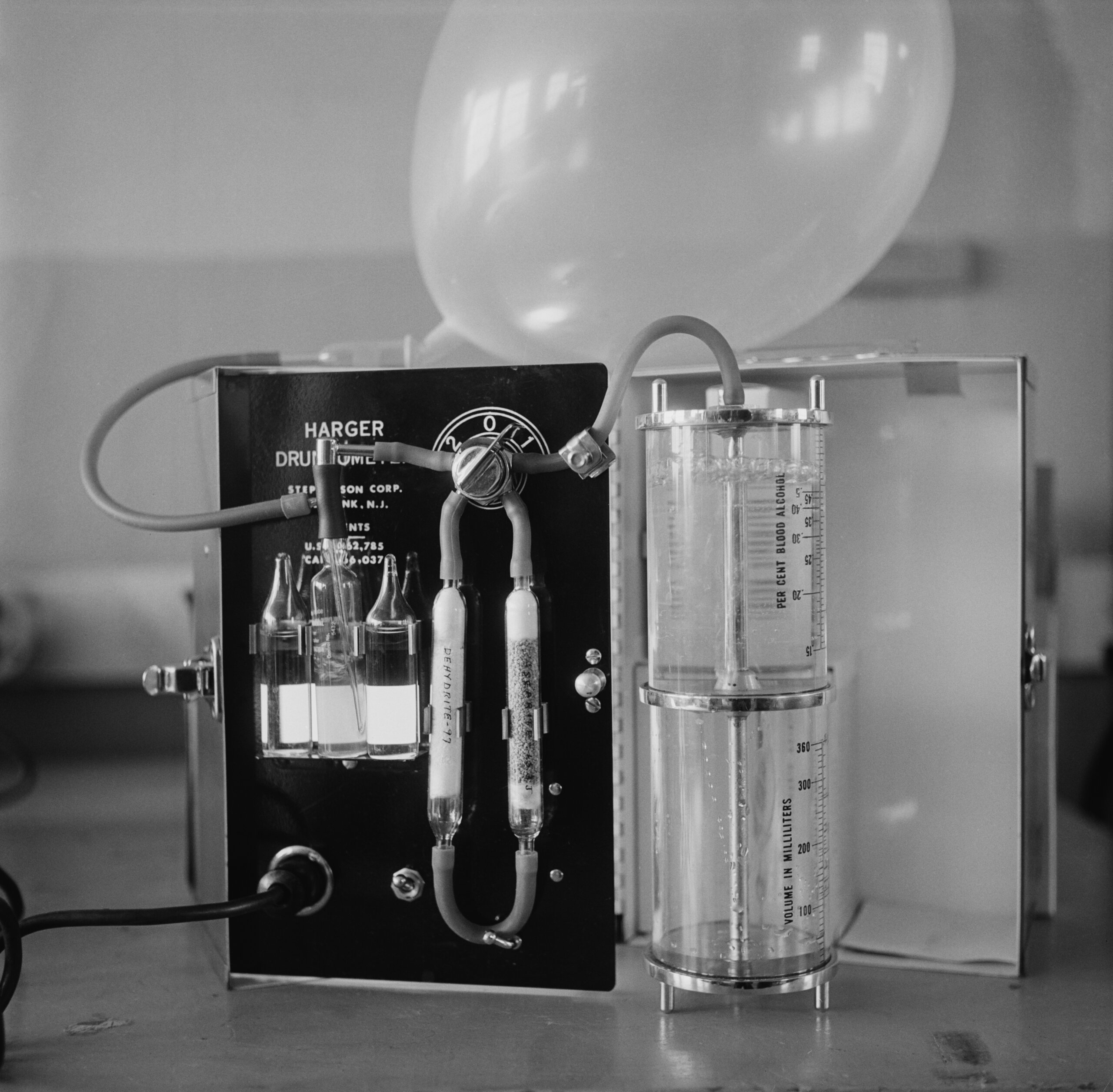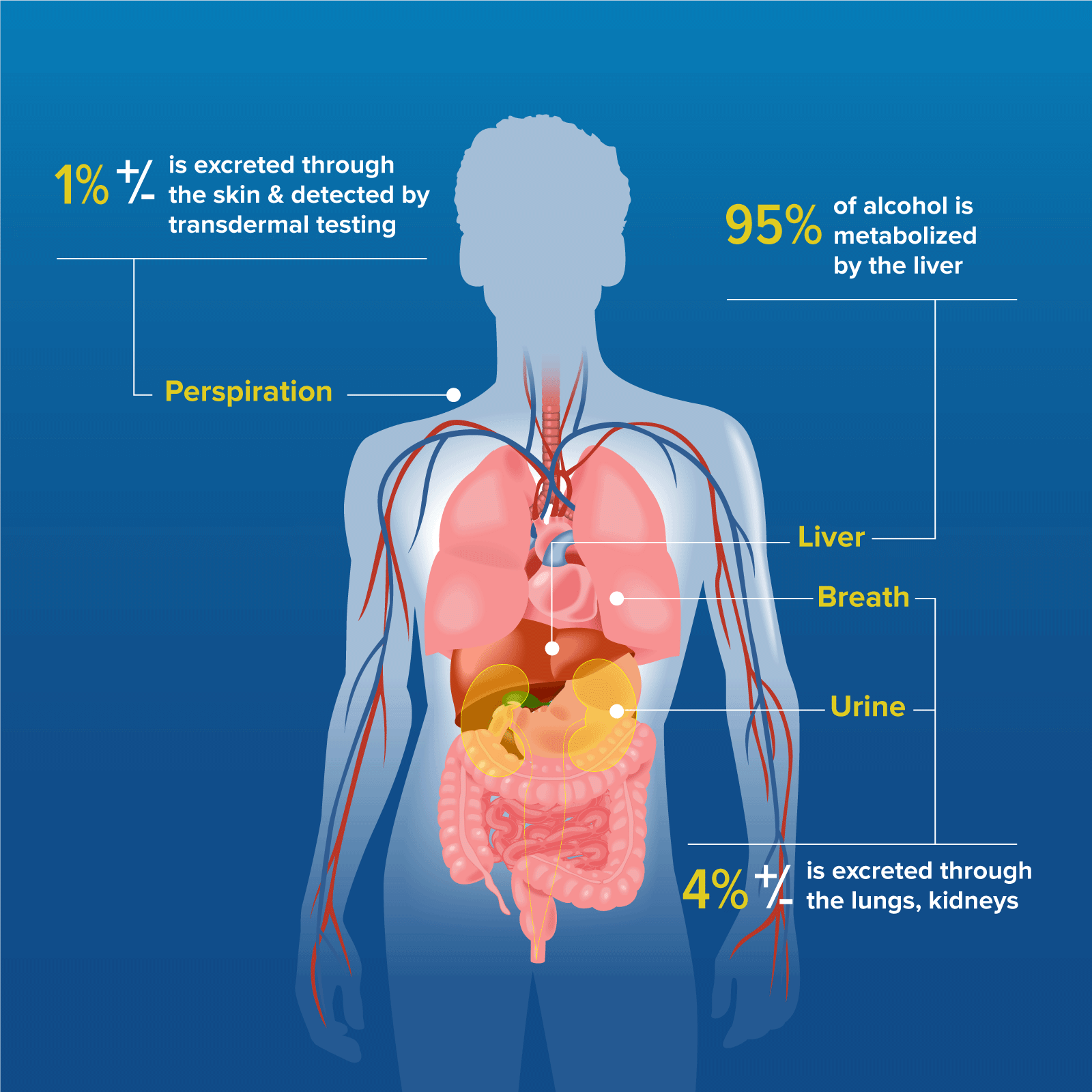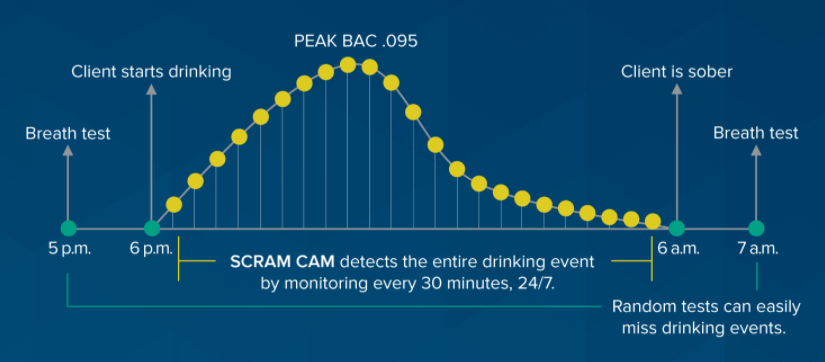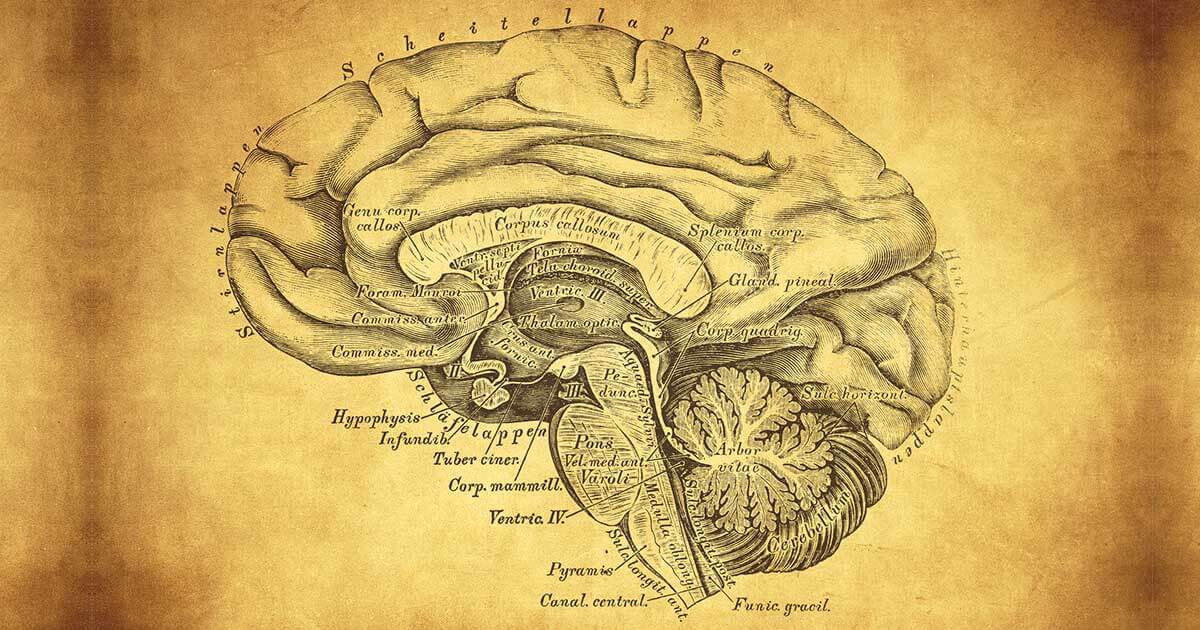Alcohol use has been prevalent throughout history in a variety of cultures. That continues to be true today, and unfortunately, the adverse effects of alcohol use and abuse are well-known. The need for accurate and reliable methods to identify traces of alcohol in the body has led to the development of many technologies—each with its own features, benefits, and limitations.
The History of Alcohol and Alcohol Testing
The first evidence of alcohol use can be traced back to 10,000 B.C., confirming that alcohol has been part of society for tens of thousands of years. In 3150 B.C., early wine jars were discovered, and in 1095 A.D. during the Crusades, distillation was used to create alcohol. It wasn’t until 1847 that the detection and testing of breath alcohol was created, and in 1938 the first breathalyzer was invented.

Following this trend, in 1973, the National Highway Traffic Safety Administration (NHTSA) released standards for evidential breath testing devices, with the Department of Transportation (DOT) following suit with the release of alcohol testing rules in 1994. By 1995, alternatives such as saliva testing and non-evidential devices were approved. Just as the science and rules of alcohol testing evolved, so did different alcohol testing methodologies.
Alcohol Testing Methodologies
Unlike many drugs, which cause their effects after entering a person’s blood stream, alcohol takes a different path. Once someone drinks alcohol, it gets absorbed and distributed throughout the body, metabolized, and then eliminated through avenues such as urine, sweat, hair, and saliva. During the metabolization process, 95-99% of alcohol is broken down in the liver. What remains is about 4% in the breath and urine and 1% in the insensible perspiration (sweat).

Based on this knowledge, a variety of alcohol testing methodologies were developed.
- Blood Testing can measure alcohol/ethanol itself (EtOH), as well as alcohol metabolites and markers, such as EtG (ethanol glucuronide).
- Breath Testing detects ethanol on the breath.
- Urine Testing measures ethanol as well as some alcohol markers.
- Hair and Nail Testing detects some alcohol markers.
- Saliva Testing measures ethanol and some markers of alcohol use.
- Transdermal Testing measures ethanol secreted in the insensible sweat from the skin.
Challenges of Alcohol Testing Technology
Each alcohol testing method comes with its own unique limitations (i.e. the highly invasive nature of blood testing) as well as other scientific challenges.
- Reporting Cutoffs are important to determine for each unique testing method, as alcohol is only detectible for certain periods of time depending on the method. For example, breath alcohol is short-lived and usually undetectable within hours, unless the user is a heavy drinker.
- Sensitivity differs between various methods. Hair and nail testing, for example, will not generally detect alcohol in moderate users, but may be used to test alcohol in frequent, heavy drinkers.
- Competing Specimens may show a positive reading for alcohol using one method, but negative using another.
- Circumventing Testing like diluting urine or using a special shampoo to counteract alcohol markers in hair may create false negative readings for alcohol use.
While there are many challenges within the various alcohol testing methodologies, transdermal alcohol testing, such as the SCRAM Continuous Alcohol Monitoring® (SCRAM CAM®) bracelet, is a proven method to detect alcohol use 24/7. SCRAM CAM is unique in that it is worn on the ankle 24 hours a day and consistently takes a sample of the wearer’s sweat to test for alcohol consumption. Additionally, SCRAM CAM can identify environmental alcohol, such as cleaning products or hand sanitizers that contain alcohol.

To learn more about the history of alcohol testing, the regulatory and legal status of different alcohol testing technologies, and the various challenges of these methodologies, watch this on-demand webinar presented by toxicologist, Dr. Leo Kadehjian.


